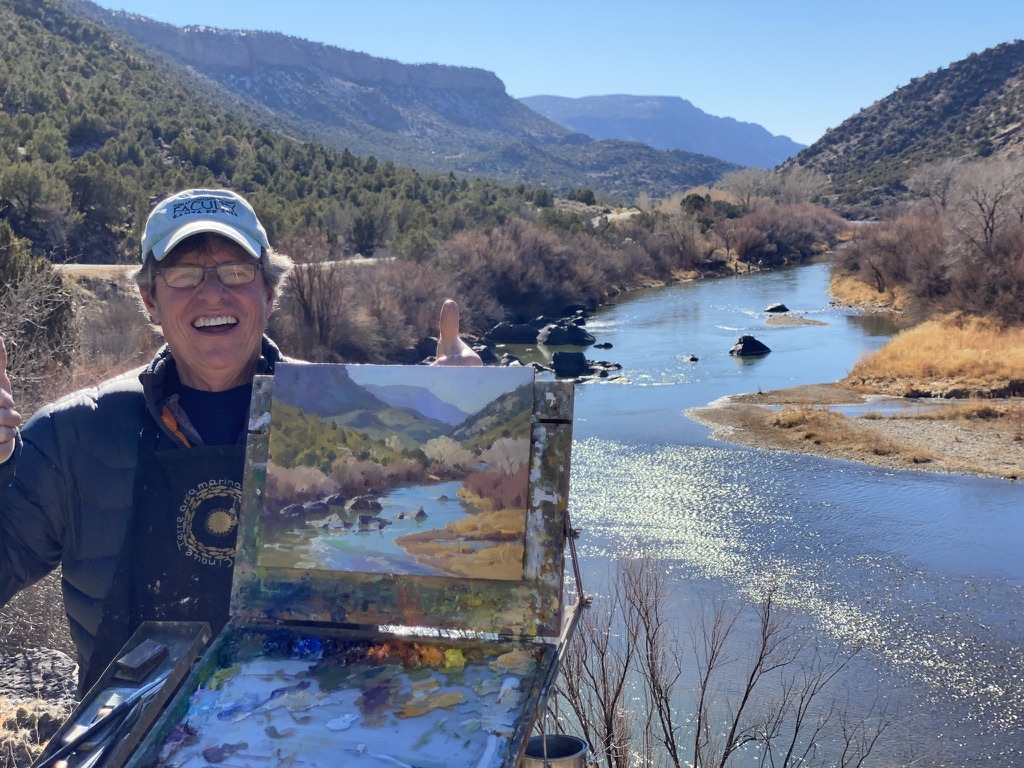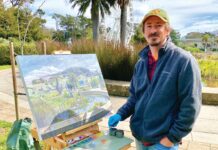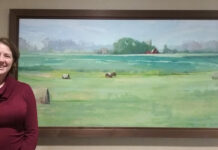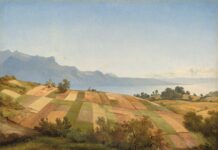Be inspired by this outdoor painter, who shares his process for painting landscapes in the northeast and southwest. You might be surprised by what they have in common. Bonus interview below!
Painting Landscapes: The 6 Steps to My Plein Air Process
BY CHRIS MOREL
I live and paint primarily in the Taos, New Mexico area; however, throughout the past 18 months, I’ve worked part-time from a new studio in the Berkshires to be with my partner, who is working on a new job.
I grew up in rural Maryland, so the New England landscape with its abundant farmland and meandering waterways feels somewhat familiar. However, there is more than enough to discover with the Catskills and the Adirondacks close by, in addition to the valley’s of New York’s Hudson River and Vermont’s Champlain Mountains.
I’ve driven hundreds of miles throughout these areas with the goal of painting landscapes, with camera, and easel at the ready to capture the scenes that have become a second, temporary subject matter for me.
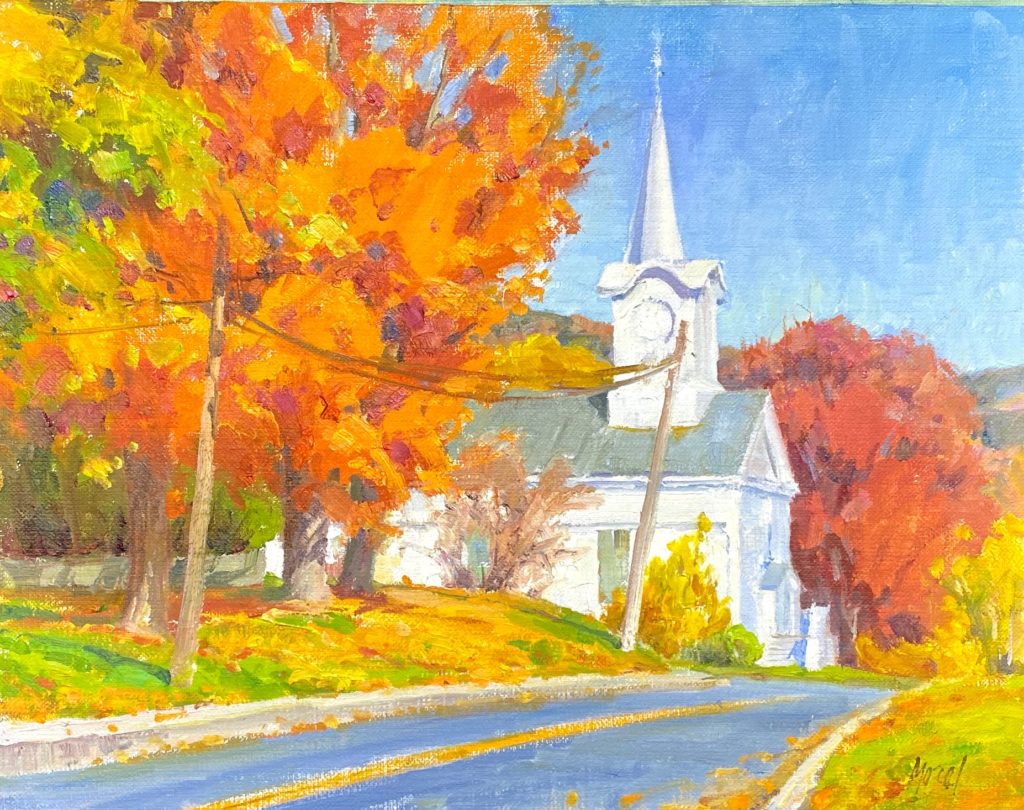
I apply the same process to plein air painting in the Berkshires as I do in my homeland of New Mexico:
- Become intimately familiar with the general area, including its backroads and hidden less traveled spots.
- Discover the places that speak to my personal artistic voice.
- Look for spots with good light, both morning and afternoon spots.
- Determine accessibility, as in can I park and get out and paint without trespassing?
- Learn the climate, its seasonal, weekly, and daily changes to determine how to prepare for new choices of clothing and materials.
- Investigate the market to discover what sells, where, and why.
-
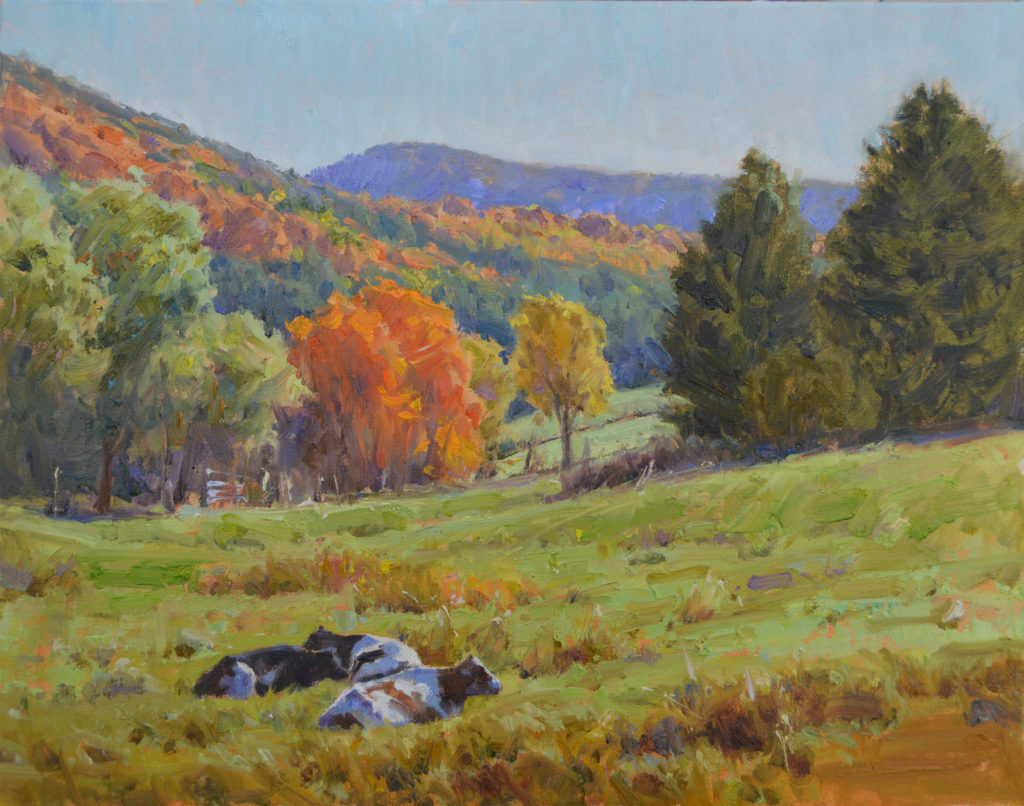
Chris Morel, “Autumn Pasture,” oil
I love painting in New Mexico, the West, and now New England because these areas are so different, and the tremendous variety of subject matter is so exciting to capture.
The skills remain the same in painting honest work in these varying areas: subject selection, drawing, value, color, temperature, design, execution, etc. These things never change. I utilize them wherever I go.
To truly capture the area’s feeling, I find it essential to always be aware of all the elements when painting landscapes: air, sounds, smell, humidity, atmospheric mood, seasonal and regional light characteristics.
I have found that the East’s humidity feels good on my skin in the warmer seasons and cuts right through my clothes in the winter months. In New Mexico, the dry climate and brilliant sunshine offer endless days of outdoor painting opportunities. Because of their very different environments, both places allow me to express the unique moods and feelings essential to each area’s paintings.
When I first moved to Taos in 1994, I painted outside 80% of the time. I got so fast at executing paintings on location. I desired to finish everything in the field, keeping each piece purely done on-site, often finishing three pieces per day. That method helped me tremendously at the time. It pushed me to edit, simplify shapes, and execute works within a small window of a changing light situation.
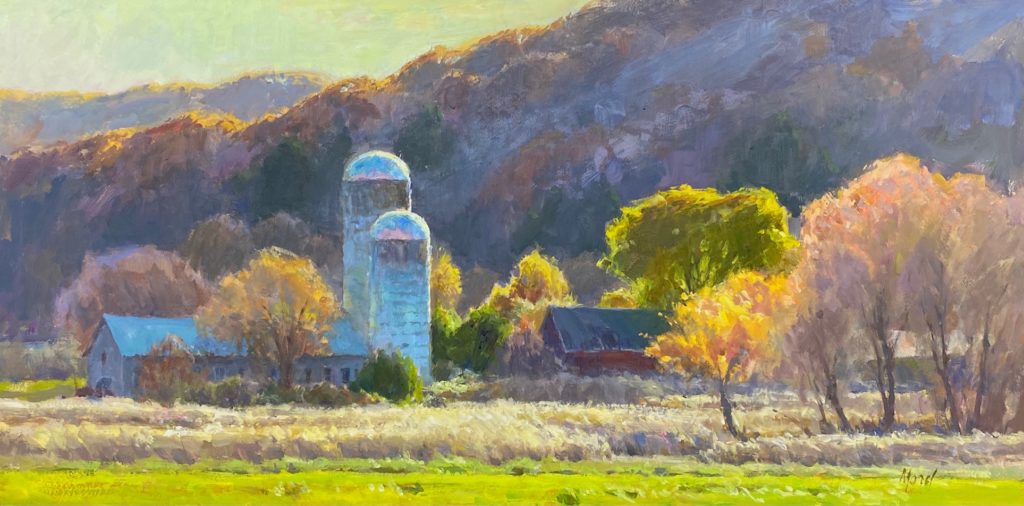
That method is no longer my priority. While I was learning much about simplification, color, and value match, I began to feel that I was sacrificing something. I wanted to develop a more consistent execution of good design and a more exciting composition in these pieces.
Now I focus more on a good start. I spend more time on subject selection. Sometimes I don’t paint at all but drive myself crazy, stopping, looking, taking photos, turning around, and rechecking spots until maybe I’m ready to get the easel out. Then I spend more time than I used to drawing, adjusting lines, wiping out, and starting over until I see a strong pattern and arrangement of shapes. Now it’s time to dive in and go until I feel I’ve gained enough information from this session. All along, I’ve been taking reference photos. I may be finished, nearly finished, or just have a strong lay-in, but now I have the bones of a more substantial piece that I can complete back in the studio or return to that same location again the next day.
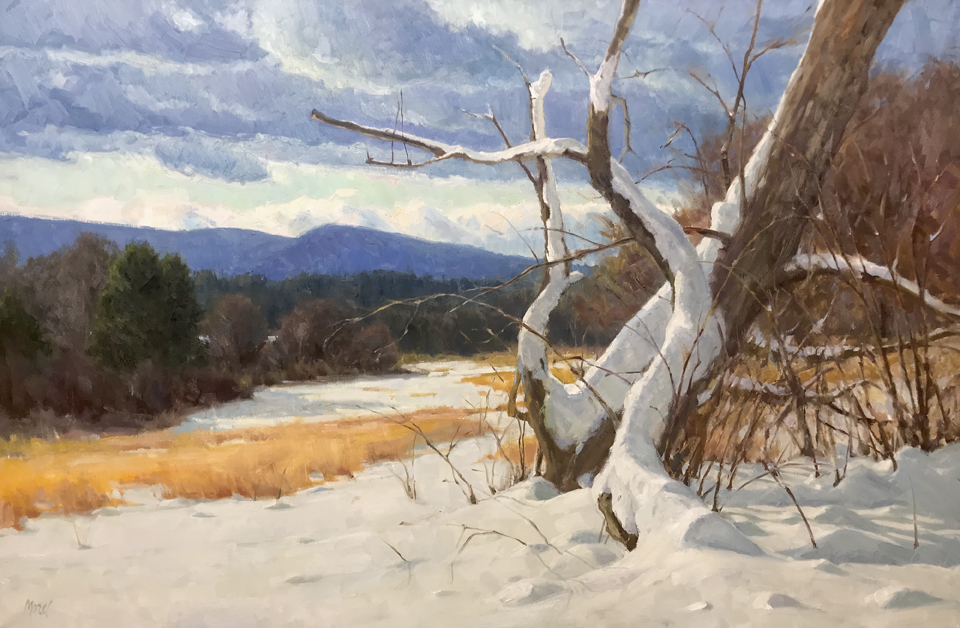
In the Northeast, I have enjoyed the intense brilliance and variety of color in the Autumn. The saturated greens and blues of summer and the rich colors of the winter landscape. As with many places, I also find the weather for outdoor paintings can sometimes be very challenging. You start out with brilliant morning light, and then clouds roll in and change everything. but that’s okay. Bring your camera and capture that light. Build a good start for that painting even though the light has changed. Now we might have a more atmospheric, cloudy, moody, beautiful tonal subject. If you’ve drawn in a strong composition, you can just roll with it. You are always going to learn something new about yourself and the process.
I am fortunate to have this experience to live and paint in this country’s beautiful area part-time. It won’t last forever. I’ll always be based out of my wonderful Taos area. But for the next couple of years, I’ll continue to familiarize myself and deepen my understanding of this incredible landscape, its people, structures, farms, rivers, and forests.
Chris Morel’s work can be found at:
Morel Studio Vadito, NM: www.morelart.com
Nedra Matteucci Gallery in Santa Fe NM: www.matteucci.com
Wild Horse Gallery, Steamboat Springs, CO: www.wildhorsegallery.com
> Click here to subscribe to the free newsletter, Plein Air Today
> And click here to subscribe to PleinAir Magazine so you never miss an issue!
> Looking ahead, join us in January 2021 for Watercolor Live!

